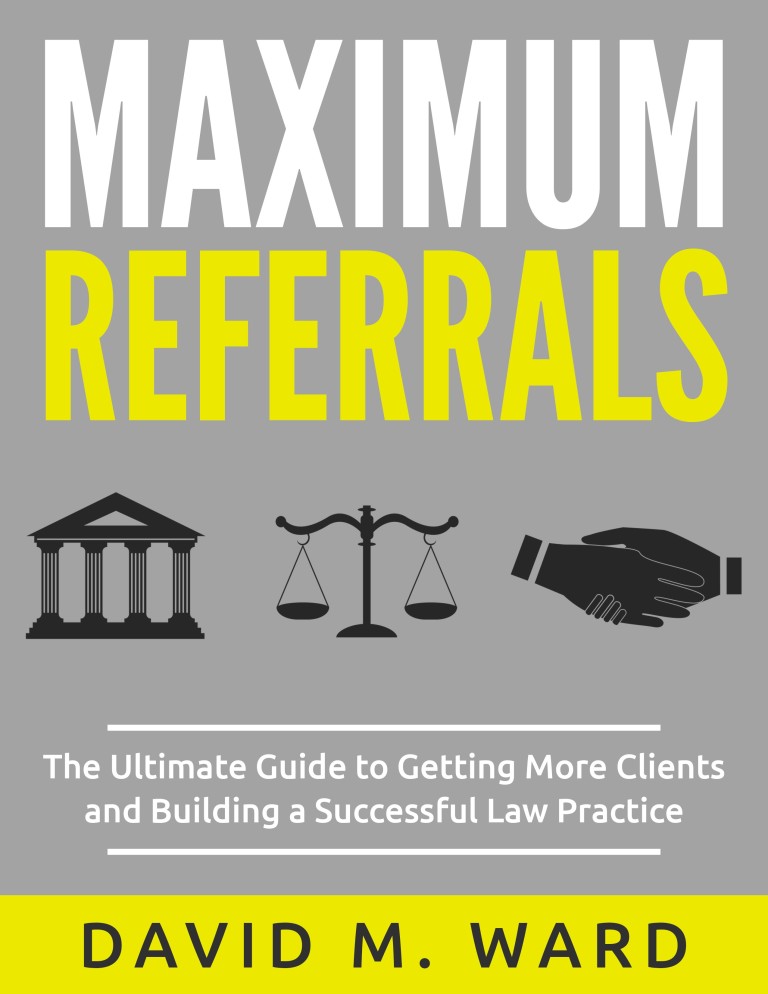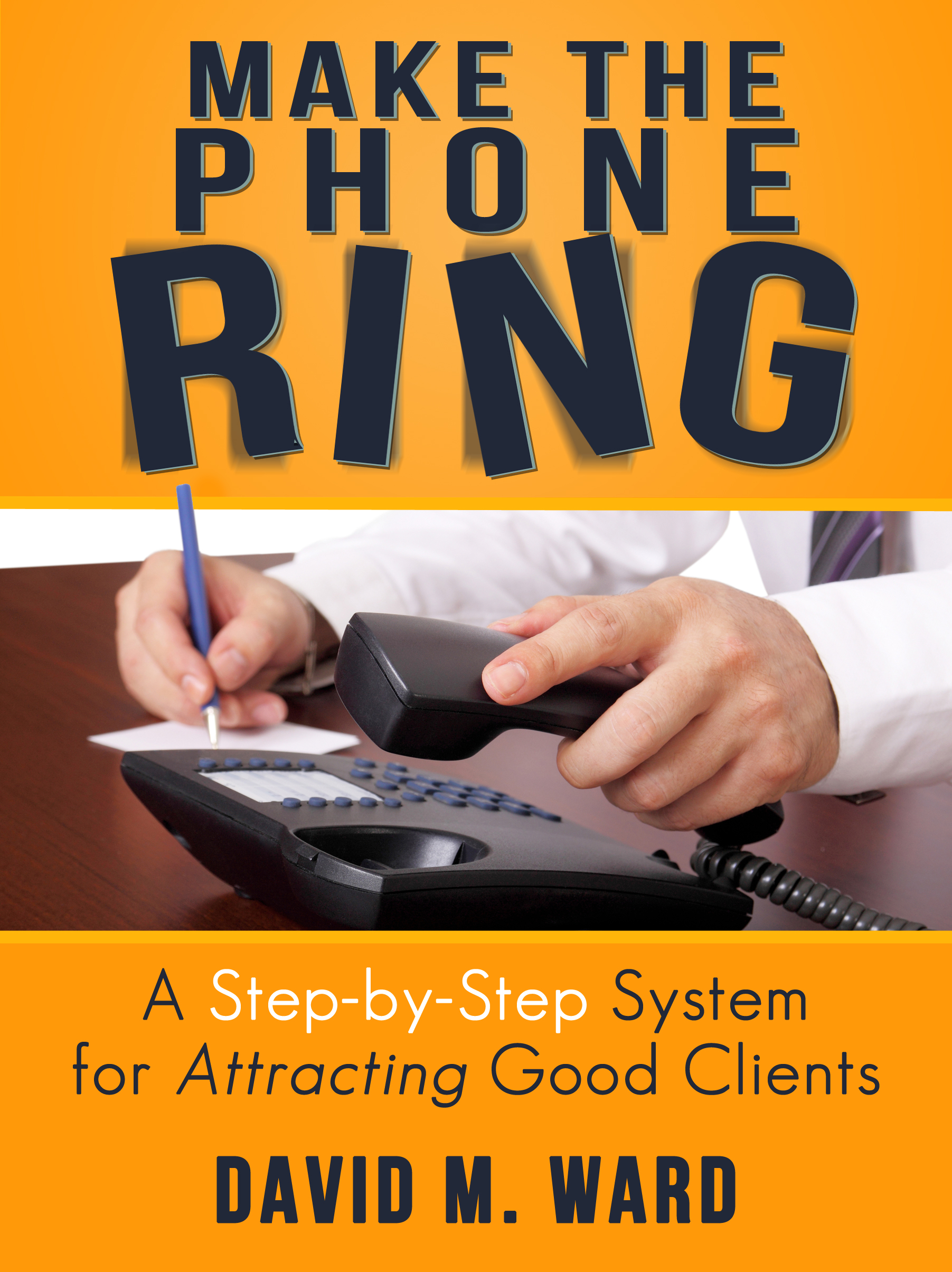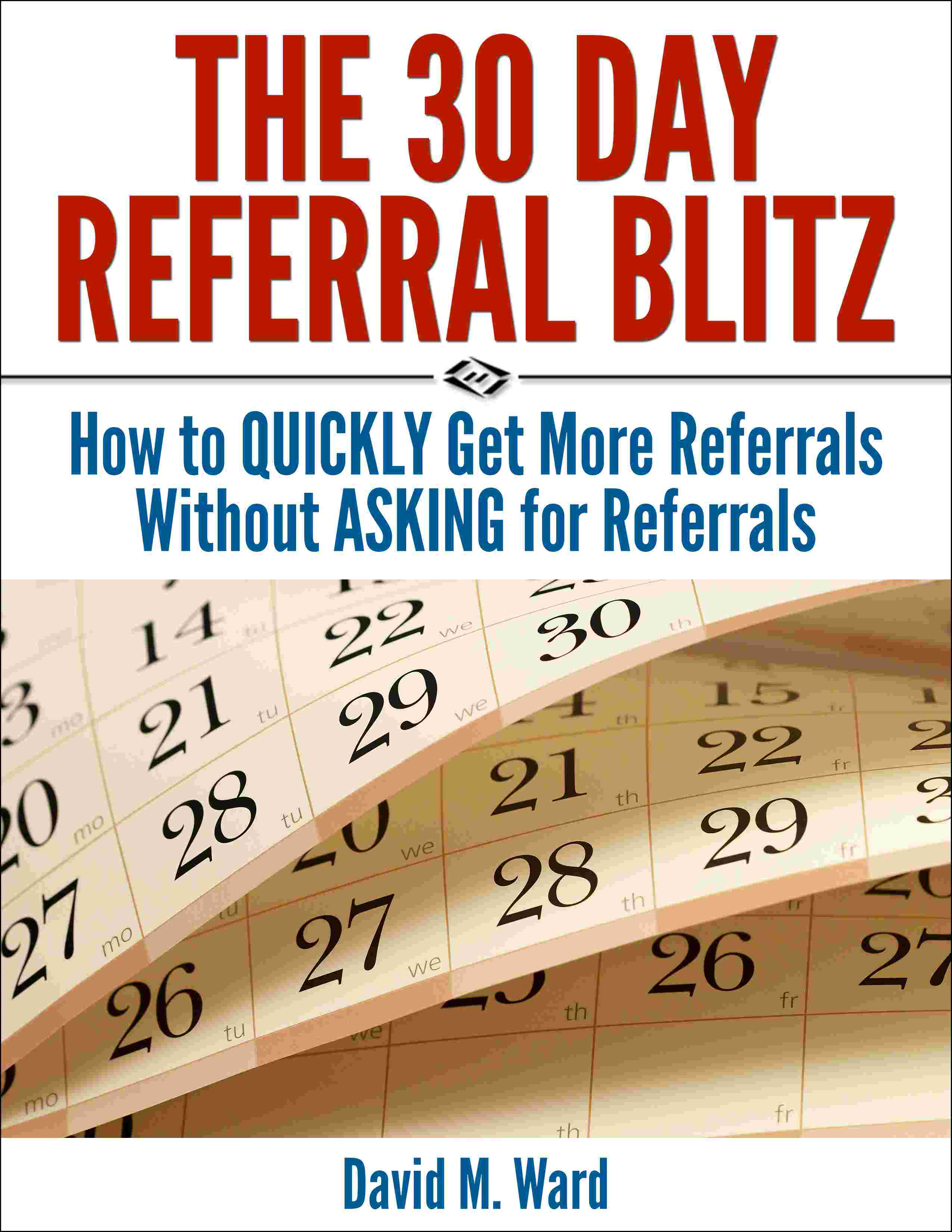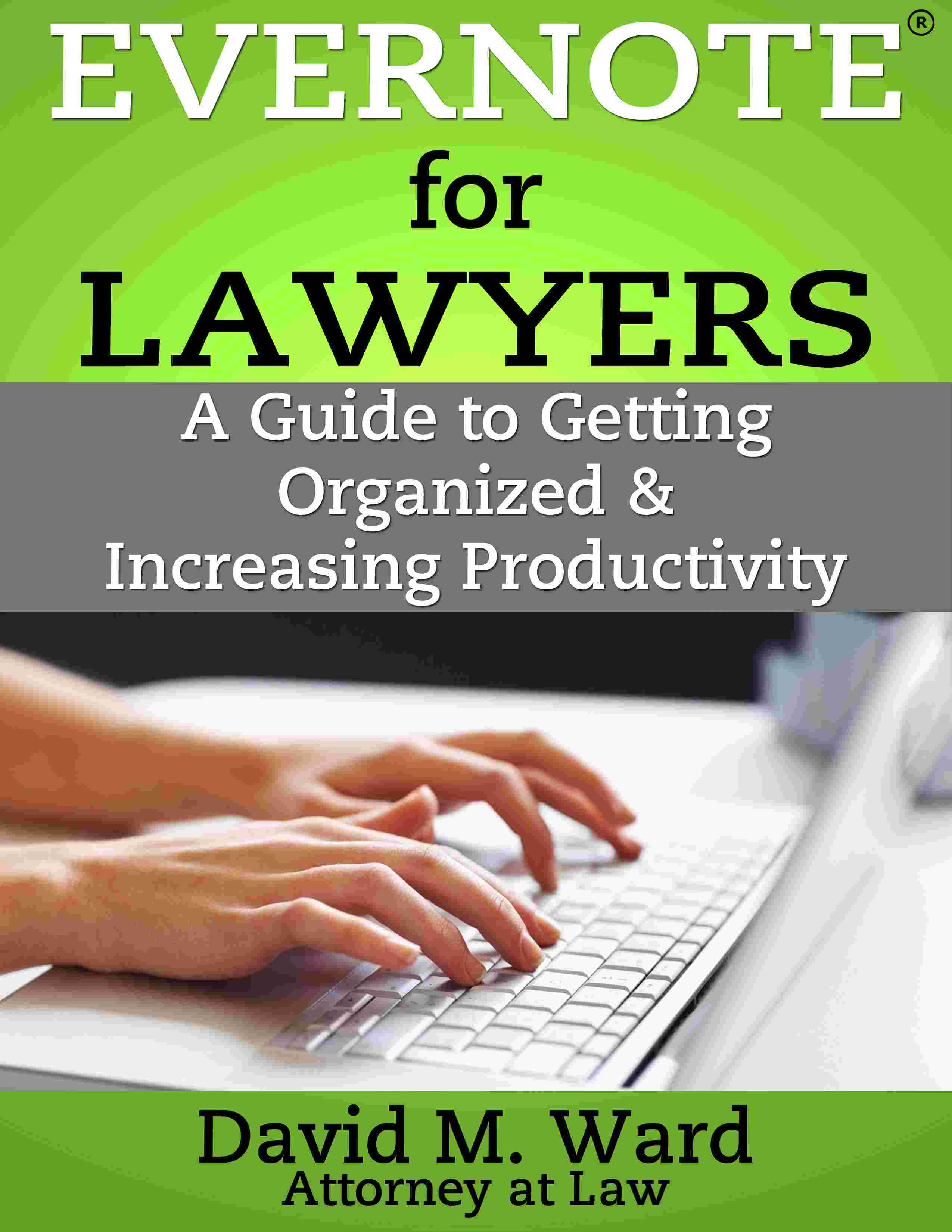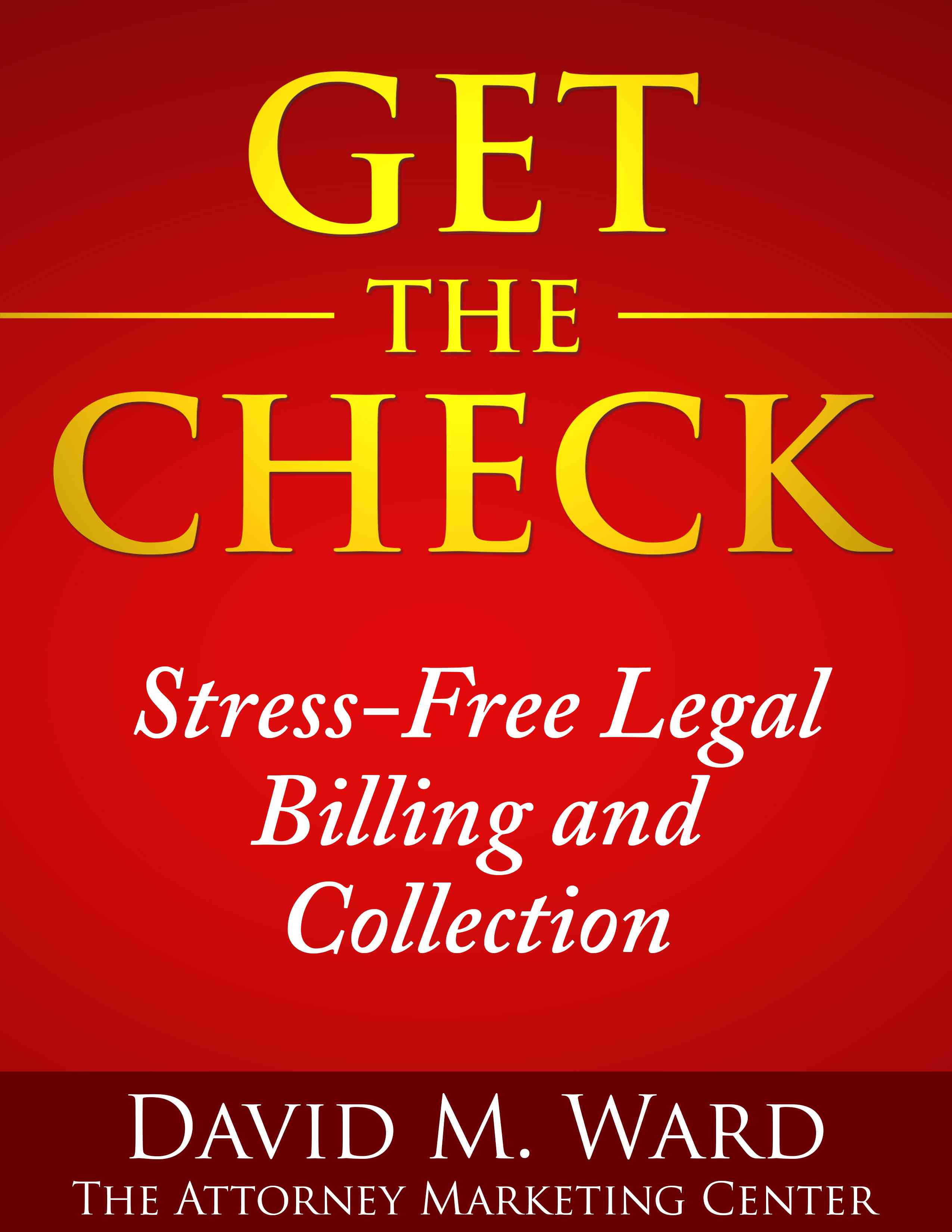When I was younger and not as busy as I am today, a simple todo list was all I needed. I could write everything on that list—homework, things to read or look into, things to buy—today, tomorrow, or “soon”.
Today? Not so much.
Today, one big list for everything would be impractical and overwhelming. Yes, we can prioritize the tasks by putting things in the order we need to do them, or with colors or tags or labels or a priority code, e.g., P-1 for today, P-2 for this week, and so on.
I used to do this, and it works. But now, I use a variation of a system created by productivity expert Michael Linenberger.
I now use four lists:
- MUST DO TODAY. These are high priority tasks; bad things will happen if I don’t do these today. These include critical calls, letters, or emails, filing deadlines, completing things as promised, and preparation for an upcoming meeting or presentation. I limit this list to 5 items, to make sure I have time and energy to complete them.
- SHOULD DO TODAY. Tasks I want to do or should do today. I don’t have to complete them today, but it would be better if I do. If I don’t get to them or finish them, I usually move them to the following day. I also limit this list to 5 tasks.
- COULD DO (TODAY). Tasks I’d like to complete (or work on) soon, i.e., in the next week or so. If I finish everything on the first two lists, and I have time, I’ll pull tasks from this list to work on. I limit this list to 20 tasks.
- LATER. Everything else. These are low priority tasks for next week or next month, later this year, or someday. This is the biggest list and I don’t limit it.
A key to making this system work is to review the lists regularly. I review my “must do” list several times a day (until all tasks are done), my “Should/Want to do” and my “Could do” list once a day, and my “Later” list once a week during a weekly planning session.
Since adopting this system, I know what to do today, what to do next, and what can safely wait, and I am far more productive.
And now, I can cross this task off my list and move on to the next one.


